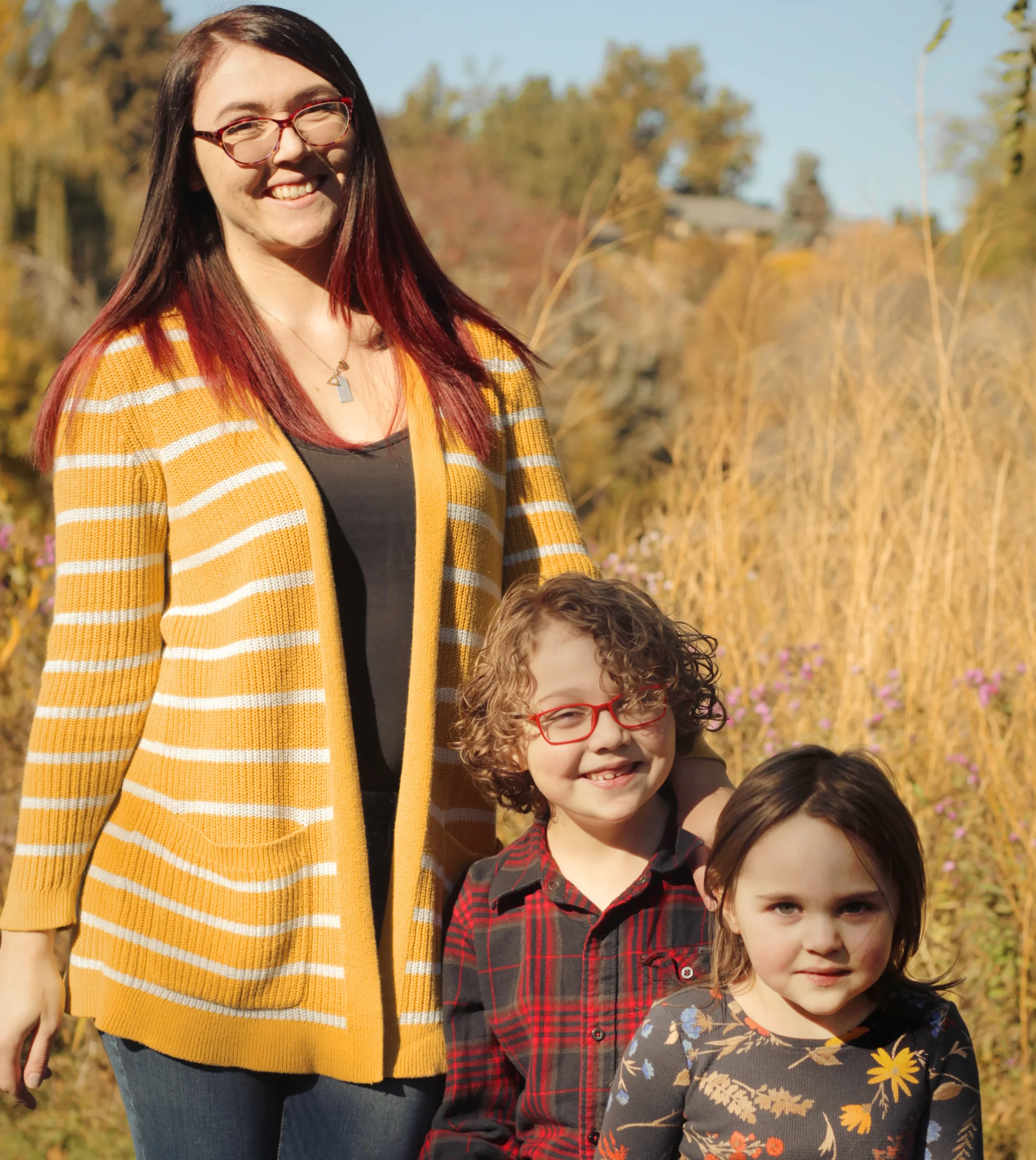On April 4, 2018, my life changed forever. I was diagnosed with Type 2 Diabetes with a blood glucose reading of 510 and an hbA1c reading of 12.3. Immediately I was put on Metformin by my PCP. I should’ve been shocked, but I wasn’t. I had denied and ignored the classic symptoms for a year prior which included symptoms like excessive thirst, urinary incontinence, tingling and numbness in my toes, and blurred vision. I knew full well, however, that I was a ticking time bomb. I had all the major risk factors of developing diabetes. I had a Type-1 and Type-2 family history, gestational Diabetes in both pregnancies, and obesity. My highest recorded weight was 339 pounds. To add to this, I suffered from major depression, generalized anxiety disorder and compulsive emotional overeating disorder since approximately the age of three. I decided after one night of talking with my family and anguished contemplation, that Type 2 Diabetes was an unwelcome visitor in my life and that I would fight back. My PCP encouraged me at my first visit that I could ultimately be taken off Metformin and bring my diabetes into remission. This gave me hope, and I set out on my journey.
I would like to share what actions I took and the daily routines I implemented that helped bring me closer to my goal of complete diabetes remission. Please note, that diabetes manifests itself differently with each person and this is what worked for me specifically. Along with following these tips, I encourage you to talk with your endocrinologist, diabetic nutrition counselor, or fitness trainer about what changes you could implement in your life.
TIP#1: COUNTING CARBOHYDRATES AND RESEARCHING ON GOOGLE
At my first appointment with my diabetic nutritional counselor, she explained to me that carbohydrates, not sugar, was the culprit in raising blood glucose levels. I was not aware of this! She encouraged me to start counting the grams of carbohydrate in everything I ate. The goal was to try to get my daily carbohydrate intake to approximately 60 grams. I began religiously reading nutrition labels on foods, which I had never done before. Google became my best friend, assisting me in finding the carbohydrate content on foods that did not have labels like fruits, vegetables, and meat. This brought a very different and clear perspective to me…I did not realize how many carbohydrate grams I was ingesting in a day, it was easily over 100 grams!
TIP#2: REMOVING GRAIN-BASED CARBOHYDRATES AND PROCESSED FOODS FROM DIET
With the advice and assistance of my diabetic nutrition counselor, I learned how to eat in response to my glucometer. Two hours after every meal, I would check my blood glucose to see how the meal affected the readings. Then, I would record every reading in a spreadsheet. After a few days, it became clear to me that my body could not process grain-based carbohydrates and packaged foods properly. My blood glucose levels spiked astronomically after eating anything with grain like pasta and cereal, along with anything processed like granola bars, packaged fruits, and chips. I committed to completely removing all grain-based carbohydrates and packaged processed foods from my diet, and focused solely on eating lean protein (meat, eggs, fish, and peanut butter), vegetables, low-fat dairy, and one serving of berries a day. These foods did not spike my blood glucose levels, so I felt safe in that decision. Another huge benefit to this was that my eating disorder was no longer being triggered! I discovered that grain-based carbohydrates and processed foods were addictive and toxic to my body, and I began to have more energy and feel much better.
TIP#3: STARTING A DAILY EXERCISE REGIMEN-NO EXCUSES!
With the advice of my PCP, I implemented a daily walking program to help naturally decrease blood glucose levels and lose weight in a safe, low impact way. I began religiously walking up to 3 miles a day, 7 days a week. I would break up the walks, where I would walk once during the day and once after dinner. Exercising after dinner helped my morning fasting blood glucose levels to get to the goal of being under 100-the normal range. If the weather did not permit me to walk outside, I exercised inside using DVDs, weights, or used my exercise bike. The only time I would not exercise was when I was sick or injured. Even then, I would still lightly stretch to keep my joints and muscles limber. No excuses.

I am proud to say that after one year of incorporating these new routines into my life, I have successfully brought my Type 2 Diabetes into remission, with an hbA1c holding steady at 5.0. I have lost 192 pounds, removed my medications, and eradicated my eating disorder. Freedom never tasted so good!

Donna Cross
53 years old, wife and mother, from New Hampshire USA. Diagnosed in 2018 with Type-2 Diabetes with an hbA1c of 12.3. Implementing a low-carb, high-protein, processed sugar-free diet and daily exercise, Donna was taken off all medications, lost 192 pounds, and officially reversed her diabetes in 2019 with an hbA1c of 5.0.









